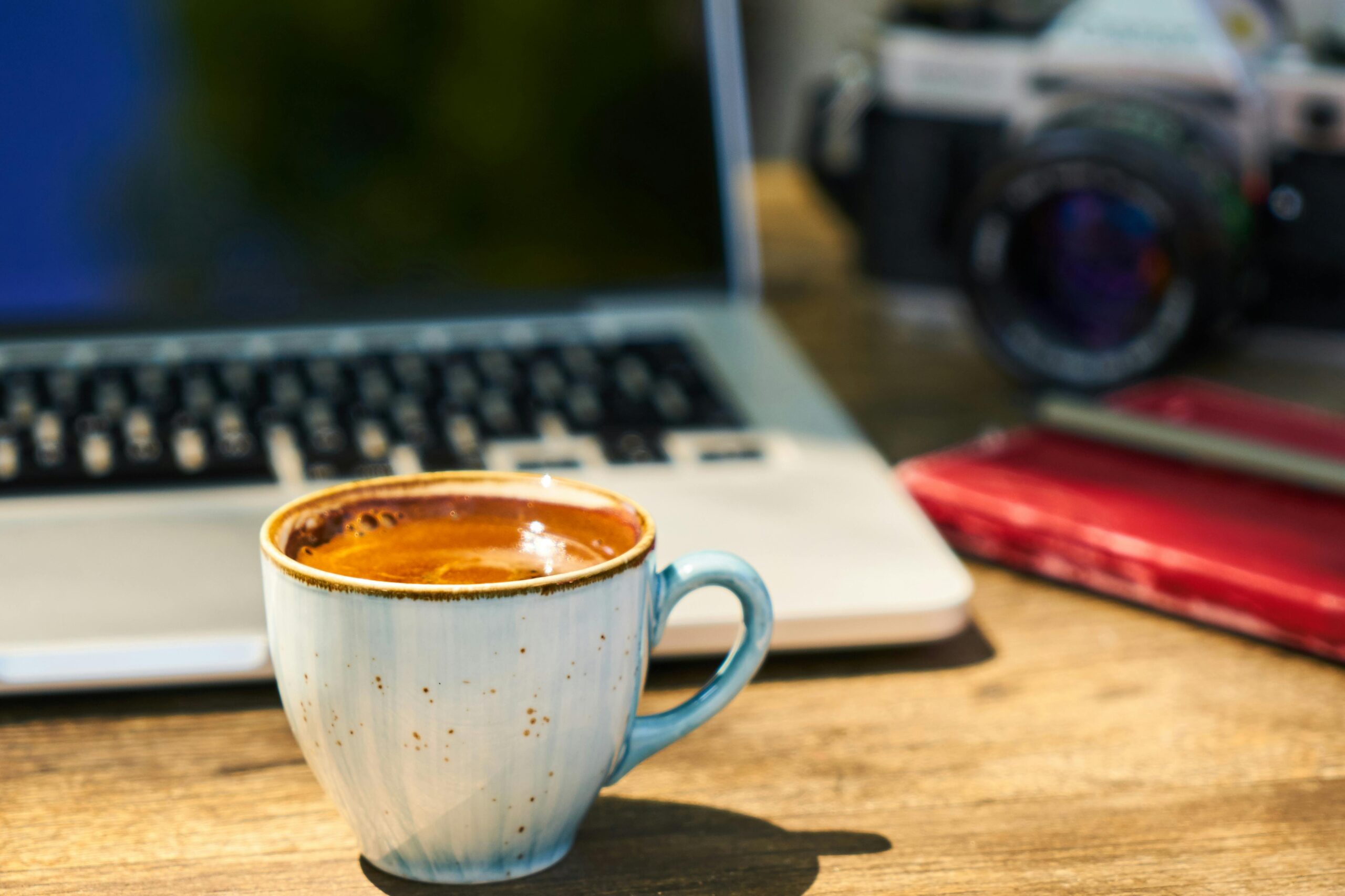Why learning to taste coffee matters
Tasting coffee like a professional helps you appreciate the complexity behind every cup — from origin and processing to roast and brewing method. Professionals break a cup into measurable parts (aroma, acidity, sweetness, body, flavor and finish) so they can compare coffees consistently and describe what they taste.
Focus keyword (SEO): how to taste coffee
After checking common coffee and tasting search trends, the long-tail phrase “how to taste coffee” is the best primary keyword for this article because it captures both intent and relevance to readers who want a step-by-step learning guide. Use “coffee tasting” as a supporting keyword to broaden reach. SEOpital+1
Before you start: equipment & mindset
Equipment: clean cupping bowls or small cups, a burr grinder, a kettle, a timer, a digital scale, and fresh whole beans. A spoon for slurping (cupping spoon) helps aerate the coffee and spread it across the palate.
Mindset: taste with a neutral palate (avoid strong foods, fragrances, or smoking for at least 30 minutes prior). Sit in a quiet place and focus; tasting is a skill that improves with deliberate practice.
Choose the right beans
Start with two or three distinct coffees — for example, a light roast Ethiopian, a medium roast from Central America, and a darker roast from Brazil. The contrast accelerates learning because differences in acidity, fruitiness, body and sweetness become more obvious when coffees are tasted side-by-side. Coffeeness
The professional tasting method (cupping simplified)
- Grind & weigh — Grind each coffee to a medium-coarse consistency right before brewing. Use identical dose-to-water ratios for fair comparison (e.g., 12 g coffee : 200 g water).
- Smell the dry grounds — Notice fragrance notes (floral, citrus, chocolate, nutty). This is the first clue to origin and processing.
- Pour & steep — Pour hot water (93–96°C / 200–205°F) over grounds and allow to steep for about 4 minutes (cupping) or follow brew-specific times for pour-over/espresso. Break the crust carefully and inhale the aroma released.
- Slurp — Use a spoon to slurp a small volume of coffee, letting it splash across your tongue. Slurping cools and aerates the coffee so flavors register quickly. Professionals slurp loudly — it’s part of the technique!
- Assess the elements: sweetness (is it sugary, caramel-like, or absent?), acidity (bright, crisp, winey), body (light, syrupy, full), flavor notes (berries, citrus, chocolate, spices), and finish (long, short, clean or lingering). Record what you perceive.
How to describe and train your palate
Use specific descriptors. Replace “good” or “bad” with exact terms: “lemony acidity,” “brown sugar sweetness,” “cream-like body,” or “short, bitter finish.” Consistent vocabulary helps you track progress and communicate preferences. Coffeeness
Flavor wheel practice. Use a coffee flavor wheel (available from specialty coffee organizations) to connect sensations to words. Spend 5–10 minutes after each cupping reviewing one category (acidity one day, body the next). This focused repetition accelerates learning. Blue Bottle Coffee Lab
Blind tastings. Once comfortable, have someone else prepare blind samples. Guess origin, roast level, or dominant flavor. Blind practice reduces bias and improves detection skills. Reddit
Common mistakes and quick fixes
- Old beans: stale beans taste flat or rancid. Buy small quantities and store them airtight.
- Incorrect grind: too fine = over-extraction and bitterness; too coarse = sour or weak cup. Adjust grind per brew.
- Water quality/temperature: off-tasting water ruins a cup — use filtered water and target 93–96°C for brewing.
Address these and your tasting accuracy will improve fast. Supliful
Practice plan: 4 weeks to a sharper palate
Week 1 — Cupping twice a week with two contrasting coffees; focus on aroma and sweetness.
Week 2 — Add a third coffee and focus on acidity and body; note differences on a simple scorecard.
Week 3 — Do at least one blind tasting; expand descriptors using a flavor wheel.
Week 4 — Compare roast levels of the same origin (light vs medium vs dark) to understand roast’s effect on flavor.
Logging your notes after each session creates a personal flavor library — invaluable when choosing beans or dialing a brew recipe. Bean & Bean Coffee Roasters
FAQs (quick answers)
Q: Can anyone develop a pro palate? Yes — with regular, focused practice and contrastive tasting.
Q: How often should I cup? Twice weekly is a good start; increase frequency as you build confidence.
Q: Do genetics matter? Some people are more sensitive to bitterness or sweetness, but training significantly narrows the gap. Reddit
Final thoughts
Tasting coffee like a pro doesn’t require a certification — it requires curiosity, structure, and practice. Use controlled cuppings, a flavor wheel, consistent vocabulary and a short practice plan to sharpen your palate. The more you taste intentionally, the more you’ll enjoy — and be able to choose — coffees that truly match your taste.

